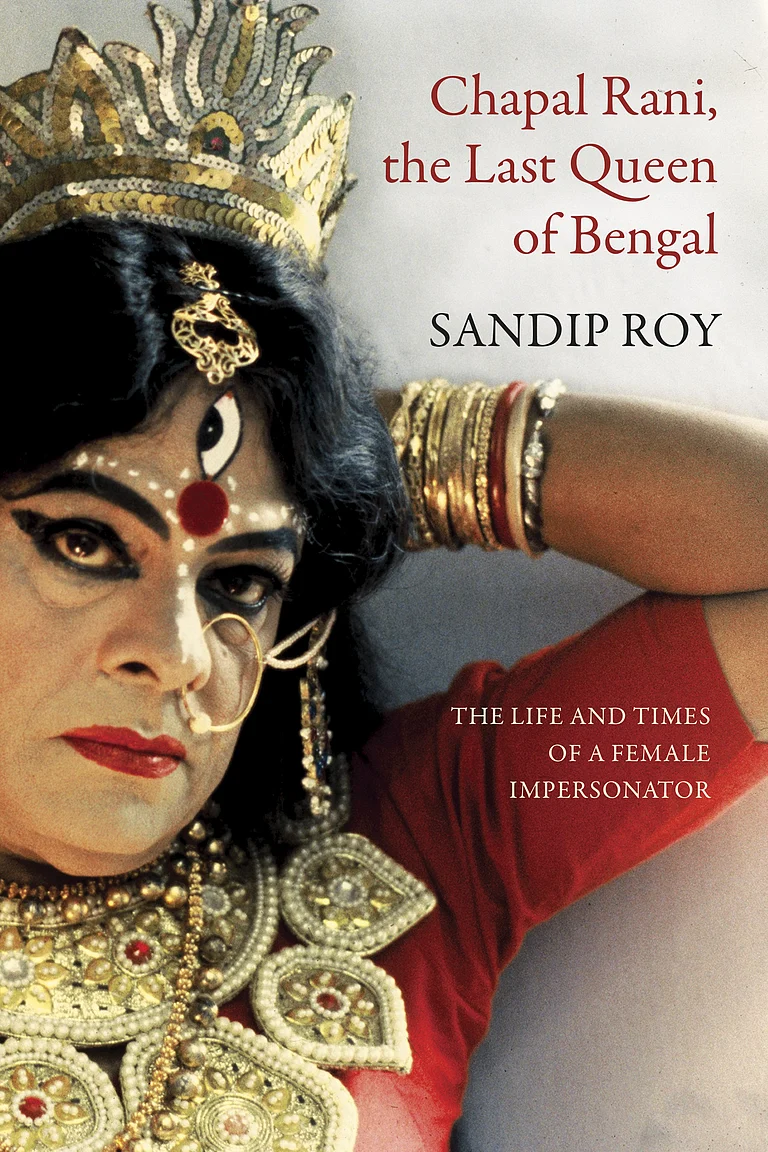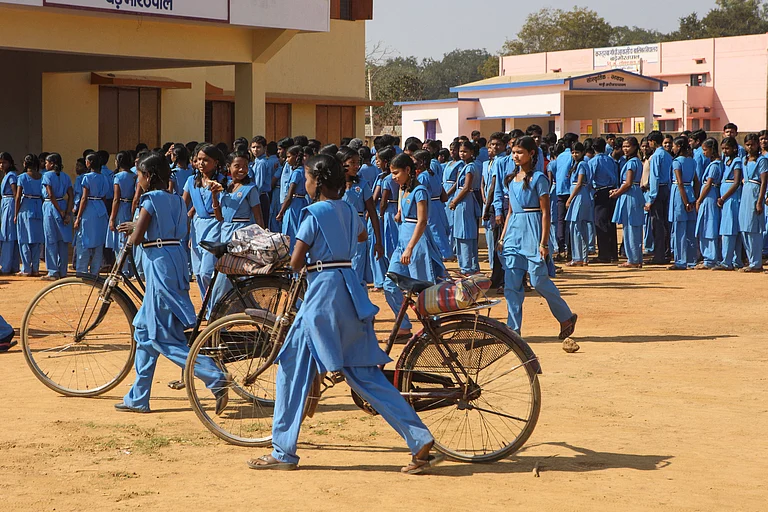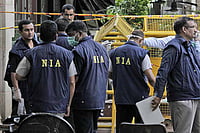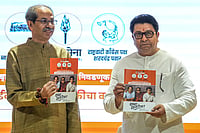Caught napping in flagrante, the different players of thegovernance game are passing the buck from one to the other. While the Centre insisted itbe declared an epidemic, the state health minister (a doctor) wasn’t even willing toaccept that the pestilence had reached epidemic proportions, invoking, rather naively, thearchaic 1897 Epidemic Diseases Act. The Municipal Corporation of Delhi (MCD) admittedhelplessness.
The medical community too can’t escape the smear of guilt. Thevirus went undetected until after it devoured several victims. Reason: there weren’tenough reagents—the immune system’s black cat commandos that can immediatelyidentify foes they were created to destroy. In any case, the first few deaths—thevirus kills in a characteristic fashion—should have sent alarm bells ringing.Obviously, they weren’t heard. And so the dengue menace continued making quietinroads for over a month before AIIMS caught it in the act.
Meanwhile, recognising the gravity of the situation, the judiciary,true to its present form, jumped off the fence and took matters in its hand. It orderedthe state government to shed its snafu syndrome and quell the epidemic with alacrity.
Says Pradeep Seth, a virologist at AIIMS:"We could have done it much earlier butfor lack of reagents. Although the National Institute of Virology (NIV) did investigate a few samples, they didn’t have enough reagents to test more samples. So we approacheda Singapore-based biotech company and the Centers for Disease Control (CDC) in Atlanta,US. We got the reagents soon enough but it still took us more than 20 days to nab the fiend. In any case, it was the National Institute of Communicable Diseases (NICD)and NIV’s mandate to do detective work.
While AIIMS, NICD and NIV tried cliched dodges such as lack of funds and equipment,hospitals despaired of life-saving blood platelets, clotting agents the virus fanciesmost. And one can’t help noticing striking similarities with the September ’94plague outbreak—the same breakdown of state apparatus, the same misapprehensionsabout the nature of the disease, the same recriminatory attitude of those responsible foraverting the disaster and the same lack of solidarity among the citizens.
What is most galling, however, is that the entire episode could havebeen averted by waging an insecticidal war on Aedes aegypti, the mosquito thatferries the dengue virus from one victim to the other. But, for the last six years nobodyremembers their houses being fogged. Aaegypti is a relatively tidy virus breedingin stagnant pools of clear water, such as in water coolers and flowerpots. Besides, unlikeits cousin Anopheles, it’s not a nocturnal bloodsucker. It dutifully hits thesack, as it were, after sundown. Moreover, it’s not a class-fastidious arthropod. Itbites both the plebeian and the aristocrat—most of the patients were from southDelhi, with AIIMS doctors making a sizable number.
So all that was needed to keep dengue at bay was to deflate itscarrier’s tyres. Why it did not happen last year or the year before last? Well,simply because dengue II was playing second fiddle to dengue I which habitually attacksevery year after the monsoon. In fact, all of us have been infected at least once withdengue I, which dominated the scene till the early ’60s when the deadlier dengue IItook over. Ever since both these and their more reserved strains, III and IV, have madefrequent appearances in different places (see chart).
Delhi had it first major encounterwith dengue in 1967 when the disease had made a short appearance. But by the next majorappearance in 1987 when 2,000 cases and six deaths were reported, dengue II had usurped amajor role in this drama. Foreseeing the lurking danger ahead, Dr Seth had then submitteda proposal to the Indian Council for Medical Research (ICMR) for surveillance of dengue inboth urban and rural settings in Delhi. Apparently, ICMR thought otherwise. But now thatthe virus is raging, it has cleared the project.
Similar apathy afflicts Pune-based NIVwhich, ironically, is a WHO-designated cen-tre for research on viruses like dengue.Despite the fact that it has analysed 536 den-gue virus strains, lack of funds hasprevented it from developing vaccines. Thailand has already taken the lead by developingvaccines for all the four dengue types.
ON the comical side, theoutbreak resulted in research institutions competing for praise and pelf which dengue willcertainly attract now. Normally, one would expect them to work together in an emergency.Anyhow, AIIMS seems to have taken the lead. It has already asked for more reagents fromthe CDC so that it can start sequencing the isolated virus to find out if it is anydifferent from those already sequenced. This would not only help develop vaccines but alsomake iden-tification easier and quicker, says Seth.
Dengue (pronounced‘dengay’, not ‘den-goo’), a Swahili term meaning ‘benddown’, has spread from its original home in Africa to claim victims all over thetropical world. While the more benign dengue I has been the most conspicuous, it is dengueII which has struck terror in recent times.
Dengue I is rarely fatal, at worst provokingsymptoms such as sudden high fever and bodyache. These symptoms, though severe, last forseven to 10 days and then fade away with rest and medication. Every dengue I infection,however, prompts the body to create special antibodies to fight the invader. If the nextassaulter happens to be dengue II, survival depends on how many antibodies you have.Explains J.N. Pande, professor at AIIMS: "Most of those who died recently must havehad insufficient number of antibodies. Still deadlier, many also die when some antibodiesunwittingly turn treacherous by dislodging the loyal ones from the entrances to the cellsand letting in the madly multiplying virus for the kill." But more than adults, mostof whom have some amount of antibodies, it is children, with little or no defence at all,who succumb readily to the virus.
Like most viral afflictions, there’s no treatment for dengue. Atbest, painkillers and fever-downers make the immune system fight better. But once bleedingbegins, even painkillers like aspirin become useless. Ultimately, survival becomes aquestion of how persevering the victim’s immune system is. The patient dies bleedingfrom every pore of his/her body. Dengue II is a cousin of the Ebola virus which struckRwanda last year.
Shocked out of its complacency, the Delhi government seems to have nowswung into action, setting up expert committees to curb the menace. Ministers have beenasked to see that fogging is done in each district and that patients are given propertreatment. Plans are being formulated to ensure the disaster is not repeated. Hospitalshave been asked to keep sufficient supply of blood platelets. And much else. Let’shope all this, as is often the case, will not go in vain.


























